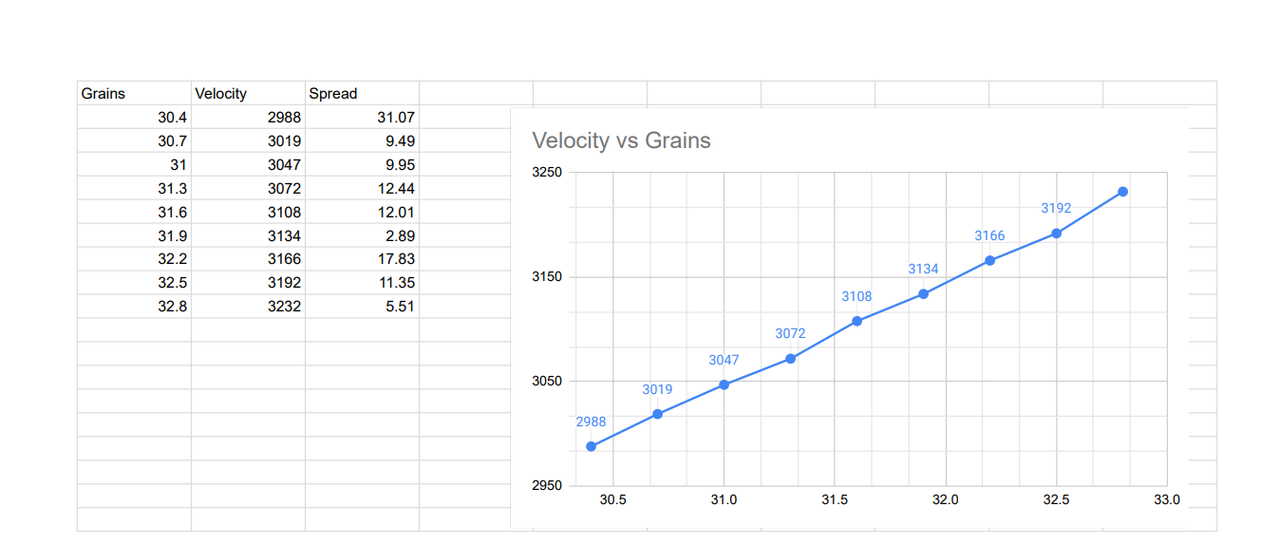In harmonics and vibrational effects there most certainly are nodes. We discovered that sometime after the wheel. Before quantum physics. Ever play a stringed instrument?There's no such thing as a "node".
Santa isn't real either.
Get over it.
It’s a fact, it’s science, it is not in question.
Free and Forced Vibration Analysis of an Infilled Steel Frame: Experimental, Numerical, and Analytical Methods
Structural frames with masonry infill panels make up a significant portion of the buildings constructed in earthquake-prone areas prior to the developing of the seismic design standards. In this paper, the effects of masonry panels on the vibration response of an infilled steel-frame building...


